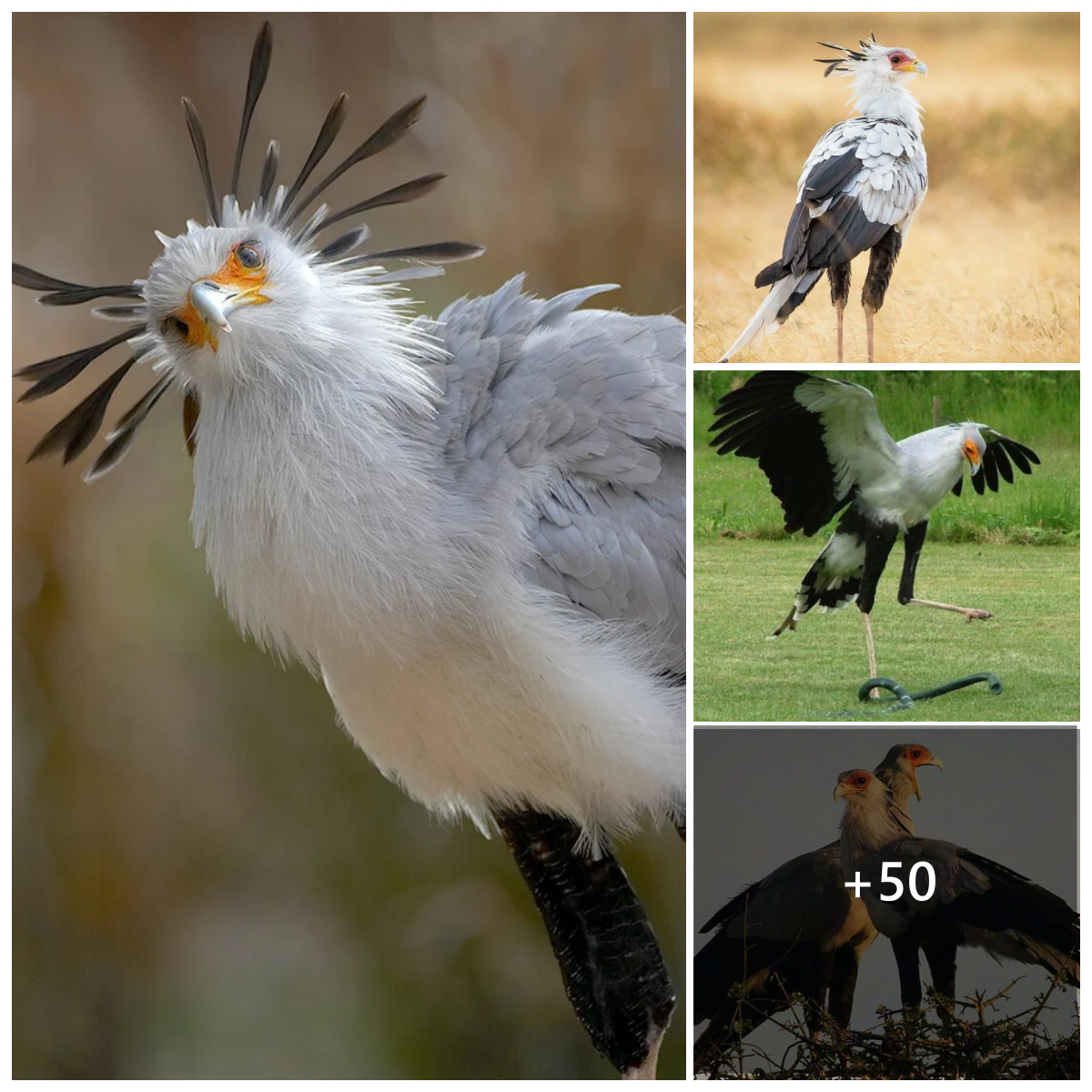
The crossbill is a captivating bird species recognized for its unique beak adaptation. With a specialized beak that crosses the tip, this remarkable bird has developed a feeding technique that allows it to extract seeds from conifer cones with unparalleled precision. In this article, we will explore the fascinating characteristics, behaviors, and adaptive wonder of the crossbill beak, shedding light on the remarkable adaptations of this bird species.

Crossbills belong to the genus Loxia and are part of the finch family, Fringillidae. These medium-sized birds typically measure between 5 and 6 inches long. They exhibit sexual dimorphism, with males displaying vibrant colors such as red or orange and females having predominantly green or yellowish plumage. Their unique beak is the most distinctive feature that sets them apart from other bird species.
The most striking feature of the Crossbill is its specialized adaptation to the beak. The upper and lower jaws of its beak have a unique curve, forming a distinctive cross shape at the tip. This extraordinary adaptation allows them to efficiently extract seeds from conifer cones. By inserting their crossed beak between the scales of the cone, they can open it to access the nutritious seeds it contains.

The Crossbill’s diet consists primarily of seeds, with a particular preference for coniferous trees such as pine, spruce, and spruce. Their specialized beak allows them to access seeds packed inside the cones that other birds cannot easily reach. The crossed beak acts like a pair of forceps, giving them exceptional dexterity and control when extracting seeds. This adaptation allows Crossbills to thrive even in habitats with limited food resources.
Crossbills are nomadic birds known for their irregular migration patterns. They have a remarkable ability to locate areas with abundant pineapple crops and adapt their movements accordingly. Their nomadic nature ensures that they can find suitable food sources and nesting sites. Crossbills are often found in coniferous forests and woodlands, where they can find an ample supply of trees with cones.

Crossbills typically breed during the spring and summer months. They form small flocks or family groups during the breeding season, which may include several generations of related birds. These social structures help locate suitable food sources and protect their territories. Crossbills build cup-shaped nests in tree branches, usually near a source of conifer cones.
Crossbills are generally widespread and are not considered globally threatened. However, some subspecies or specific populations may face localized threats due to habitat loss and changes in forest ecosystems. Conservation efforts focus on preserving and restoring coniferous forests, which are essential for their survival.

The unique adaptation of the Crossbill’s beak is a marvel of evolution. This extraordinary bird has evolved to extract seeds from conifer cones with unparalleled precision and efficiency. Their nomadic nature, specialized feeding behavior, and vibrant plumage make them a fascinating species to observe and study. Understanding the adaptations and behaviors of the Crossbill not only deepens our appreciation for the diversity of avian life, but also highlights the intricate relationship between birds and their environment.





